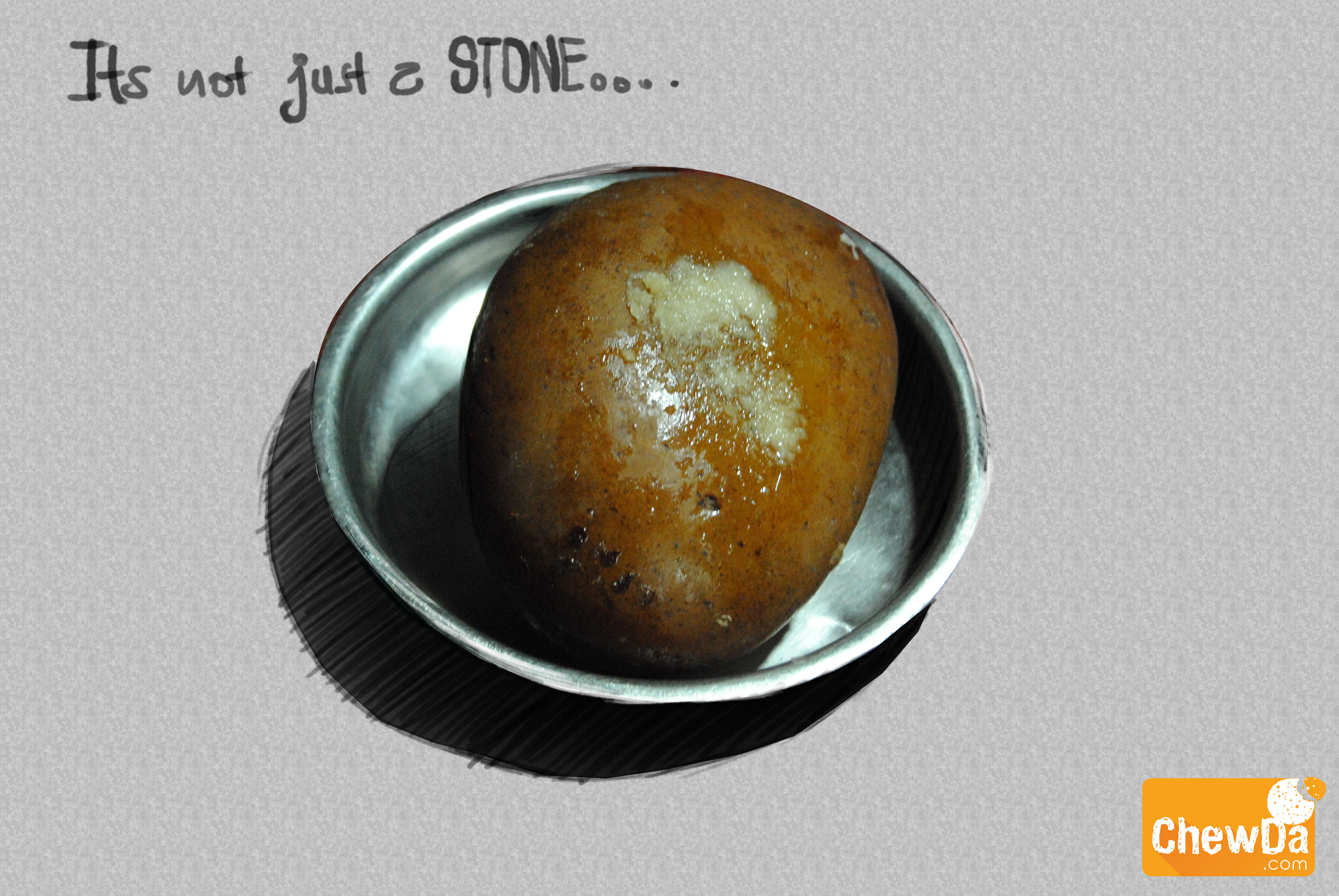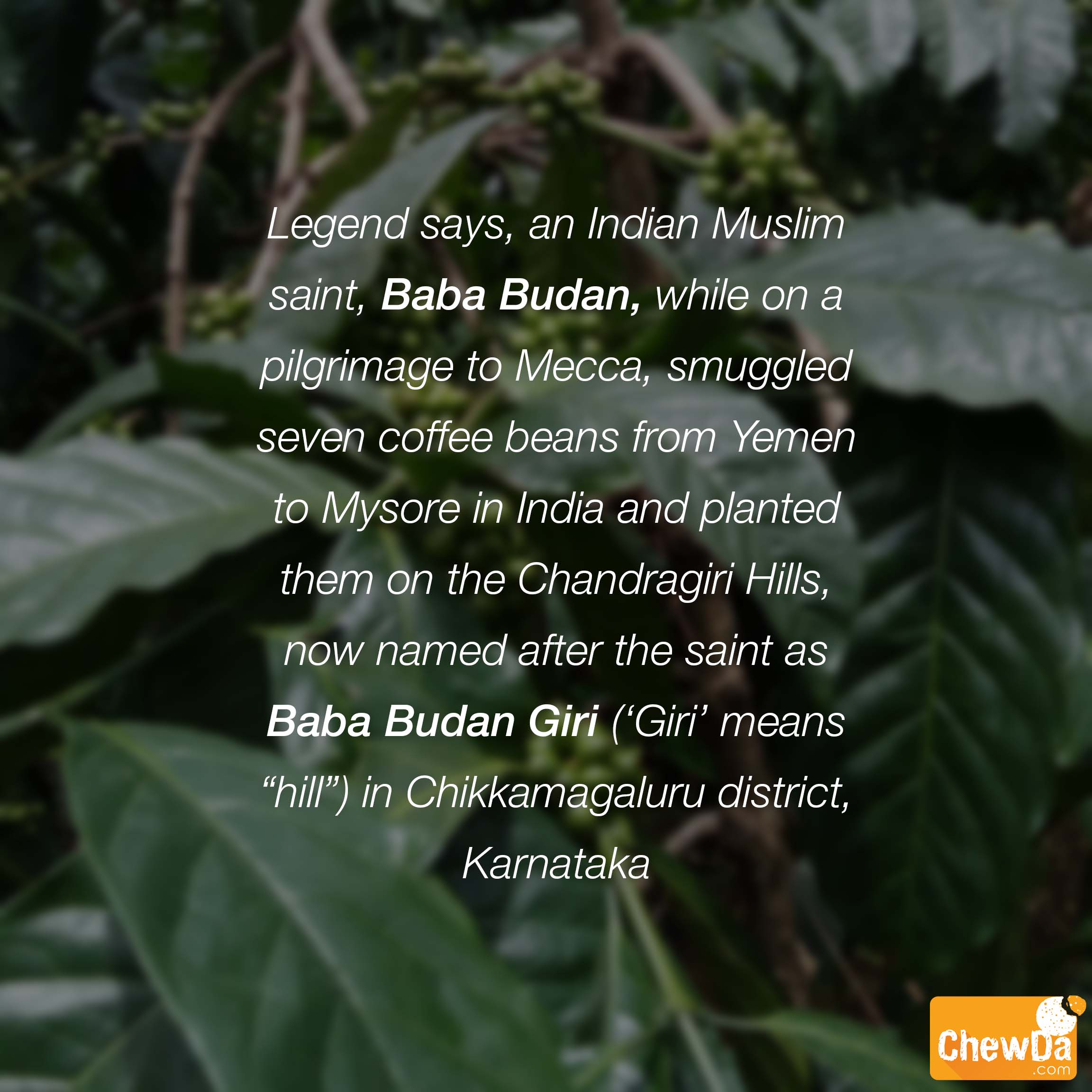
This is an interesting traditional festival. It’s called Bhumi(Earth) Hunnime(full moon). It is mostly celebrated South India, that too in western ghat sections of Karnataka, in and around Sringeri. It’s something like the birthday of mother Earth. Mixed curry of 108 variety of herbs is the speciality of this day. Yes you heard it right, its 108 types of herbs at the minimum!
The previous day the mothers and children would hit to the nearby rainforest to collect those, many varieties of herb shoots. The experience would guide them to differentiate between the good one and the poisonous. In the next morning the mothers would get up early and prepare this one of a kind cuisine. Then they would take it to their farm, do a small puja to the farm then the man of the house would pack a small portion of the food along with this unique cuisine in a banana leaf and burries in the farm. Which the folks call as the food for the mother Earth. It may appear funny to many but there exists a deep relationship between the earth and the human. There exists respect. By the way this unique cuisine is prepared only once in a year. This year it’s celebrated on 16th October.
And yeah one more interesting thing on the following day people observe the day as ‘Bhumi bali’, where throughout the day nobody is supposed to harm the earth. That means no more tilling or digging, because the mother earth is taking rest after a nice meal.
Beautiful and meaningful traditions.
ಇದೊಂದು ಕುತೂಹಲಕಾರಿ ಆಚರಣೆ. ಭೂಮಿ ಹುಣ್ಣಿಮೆ ಅಂತ ಇದರ ಹೆಸರು. ಇದು ಹೆಚ್ಚಾಗಿ ಆಚರಿಸಲ್ಪಡುವುದು ದಕ್ಷಿಣ ಭಾರತದ, ಕರ್ನಾಟಕದ ಮಲೆನಾಡು ಅದ್ರಲ್ಲೂ ಶೃಂಗೇರಿ ಸುತ್ತ ಮುತ್ತ. ಒಂತರ ಇದು ಭೂಮಿಯ ಹುಟ್ಟು ಹಬ್ಬ. ಕುತೂಹಲಕಾರಿ ವಿಷಯ ಇರುವುದು ಈ ದಿನ ಮಾಡುವ ಬೆರೆಕೆ ಸೊಪ್ಪಿನ ಪಲ್ಯದಲ್ಲಿ!. ಸಾಂಪ್ರದಾಯಿಕವಾಗಿ ಹೇಳೋದಾದ್ರೆ ಇದರ ತಯಾರಿಯಲ್ಲಿ ೧೦೮ ಬಗೆಯ ಸೊಪ್ಪಿನ ಕುಡಿ ಅಥವಾ ಚಿಗುರನ್ನು ಬಳಸ್ತಾರೆ. ಇದನ್ನ ಮಾಡುವುದು ವರ್ಷದಲ್ಲಿ ಒಂದೇ ಬಾರಿ!
ಈ ಪಲ್ಯಕ್ಕೆ ಬೇಕಾಗುವ ೧೦೮ ಬಗೆಯ ಚಿಗುರನ್ನು ಆಯ್ದು ತರುವುದೇ ದೊಡ್ಡ ಕೆಲಸ. ಮಲ್ನಾಡಿನ ಮಳೆಕಾಡನ್ನು ಹಿಂದಿನ ದಿನ ಪೂರ್ತಿ ಅಲೆದು ಹುಡುಕಿ ತಂದಿಟ್ಟು ಮಾರನೆಯ ದಿನ ಬೆಳಗ್ಗೆ ಎದ್ದು ಪಲ್ಯ ತಯಾರಿಸುವ ಸಂಭ್ರಮವೇ ಬೇರೆ! ಜೊತೆಗೆ ಈ ಚಿಗುರುಗಳ ಜೊತೆ ಚೊಗತೆ ಸೊಪ್ಪು ಎಂಬ ವಿಶೇಷ ಸೊಪ್ಪು ಬೇರೆ ಸೇರಿಕೊಳ್ಳುತ್ತೆ. ಇದು ಕೂಡ ಕೇವಲ ಭೂಮಿ ಹುಣ್ಣಿಮೆಯಂದು ಮಾತ್ರ ಅಡುಗೆ ಮನೆಯ ದರ್ಶನ ಪಡೆಯುತ್ತೆ!
ಹಾಂ ಮತ್ತೆ ಮಾರನೆಯ ದಿನ ಭೂಮಿ ಬಲಿ ಅಂತ ಆಚರಣೆ ಉಂಟು, ಅವತ್ತು ಯಾವುದೇ ಕಾರಣಕ್ಕೂ ಭೂಮಿಯನ್ನ ಗಾಯ ಗೊಳಿಸುವಂತಿಲ್ಲ!!




